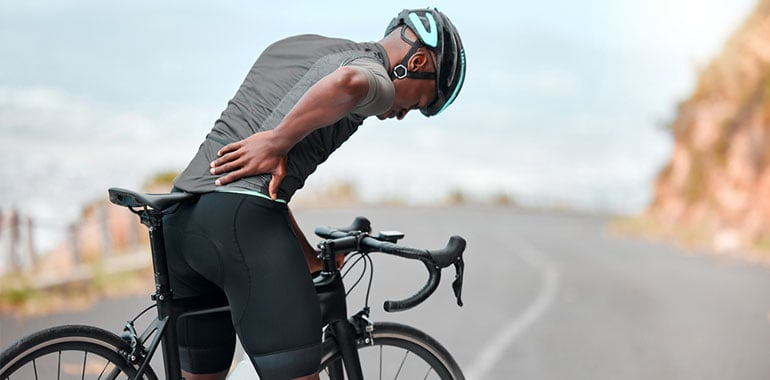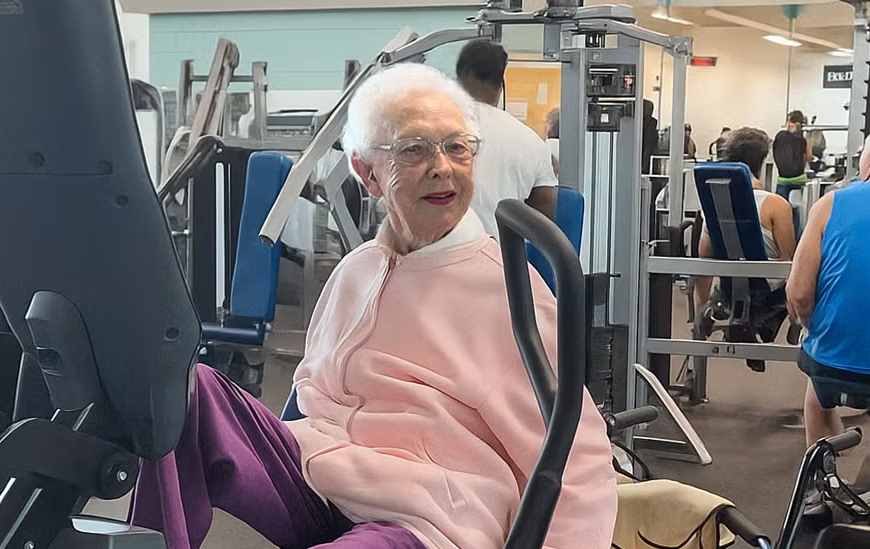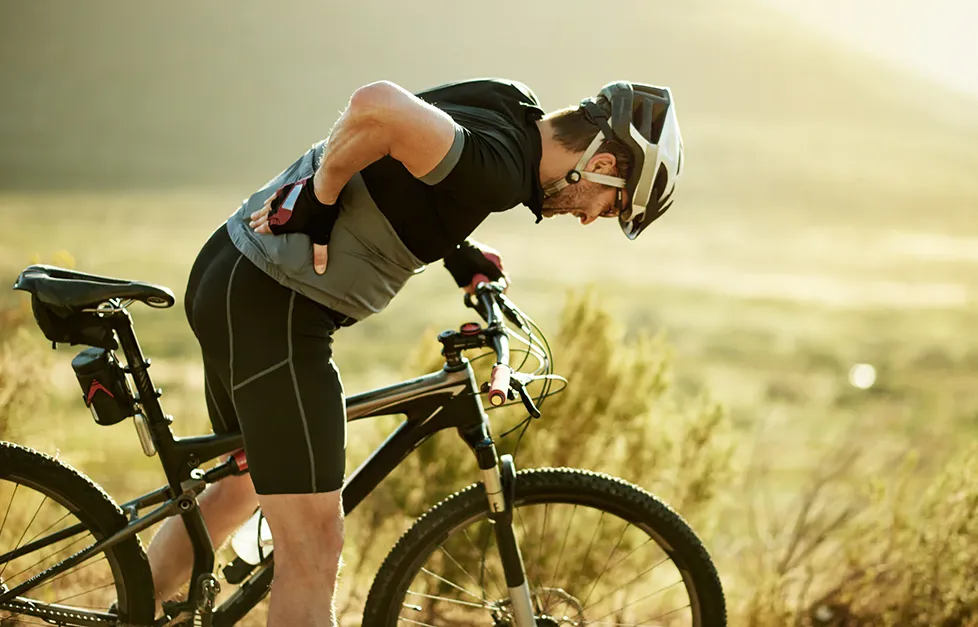Learn how to reduce common stomach discomforts during cycling with expert-backed advice on nutrition, hydration, bike positioning, and recovery techniques.
Abdominal discomfort on the bike is a common challenge for many cyclists, ranging from gas and bloating to cramps and diarrhea.
Understanding the causes and applying targeted strategies can help you ride more comfortably and maintain performance.
The Root Causes of Cycling-Related Stomach Issues
During intense cycling, blood flow prioritizes your heart and leg muscles, leaving your digestive system with reduced circulation.
This lowered blood flow slows digestion, causing food to remain longer in your intestines.
Gut bacteria ferment the undigested sugars, producing gas that accumulates and leads to bloating and discomfort.
This physiological response explains why many riders experience abdominal pain on the bike without underlying illness.
Optimize Your Riding Position
Harsh riding postures, especially aggressive road bike positions that place pressure on the abdomen, may contribute to stomach pain and acid reflux.
Adjusting your setup to a slightly less compressed tuck can relieve abdominal pressure and improve comfort.
If you notice stomach issues correlate with time spent in aero positions or drops, consider consulting a bike fitter to refine your posture without sacrificing efficiency.
Match Your Food Intake to Ride Intensity and Duration
Overeating or consuming highly concentrated calories during rides is a frequent mistake.
Many cyclists assume they need an excessive caloric intake, but only a portion is utilized effectively during exercise.
Consuming more than 400 calories per hour risks overwhelming your stomach and causing gas and bloating.
Additionally, foods that are dense or complex can linger in your gut longer, increasing digestive distress as exercise intensity rises.
Practice fueling with easily absorbed and appropriately portioned snacks tailored to your ride’s demands.
Hydration Is Key to Digestive Comfort
Proper fluid intake is crucial when consuming calories on the bike. Carbohydrates need to be diluted in fluids at roughly a 5% concentration for optimal absorption and to avoid stomach upset.
For example, if you consume a gel containing about 30 grams of carbohydrates, accompany it with approximately 600 milliliters of water.
This balance helps your stomach process fuel smoothly and reduces the chance of gastrointestinal issues.
Keep Nutrition Consistent and Familiar
Avoid experimenting with new foods or drinks during rides, as unfamiliar items can trigger stomach discomfort.
Regularly using products that you trust and that have proven reliable during training can prevent surprises
Aim to stick with what your digestive system knows and tolerates well.
Responding to On-the-Bike Stomach Discomfort
If you start feeling bloated or nauseous mid-ride, immediate options are limited.
Reducing intensity can ease symptoms, and stopping briefly to stretch or stretch your abdomen may help stimulate digestion.
Drinking plain water or electrolyte liquids without carbs can dilute stomach contents, but relief is often gradual. Prioritize pacing and give your body time to settle.
When to Seek Medical Advice
If stomach pain persists after resting or occurs frequently during or after rides, consult a healthcare professional.
Symptoms like persistent abdominal pain with eating or blood in stool may signal underlying issues that require medical evaluation.
Avoid Quick-Fix Medications
Over-the-counter remedies, particularly anti-inflammatories, can irritate the stomach lining or harm the kidneys when used to mask cycling-related stomach distress.
It is best to address the root causes through nutrition and hydration rather than relying on medications.
Additional Tips for Managing Discomfort
- Consider riding further back in group rides if you experience excessive gas, both for your comfort and that of fellow riders.
- Incorporate digestive-friendly foods and hydration practices into your training routine to build tolerance.
- Allow recovery days or lighter rides if stomach issues persist following hard efforts.
By integrating these practical strategies, cyclists can minimize stomach upset on the road and focus on enjoying their rides. Consistency in fueling, hydration, and bike fit tailored to personal comfort will improve digestive experiences for all levels of riders.

.webp)
.webp)

.webp)

